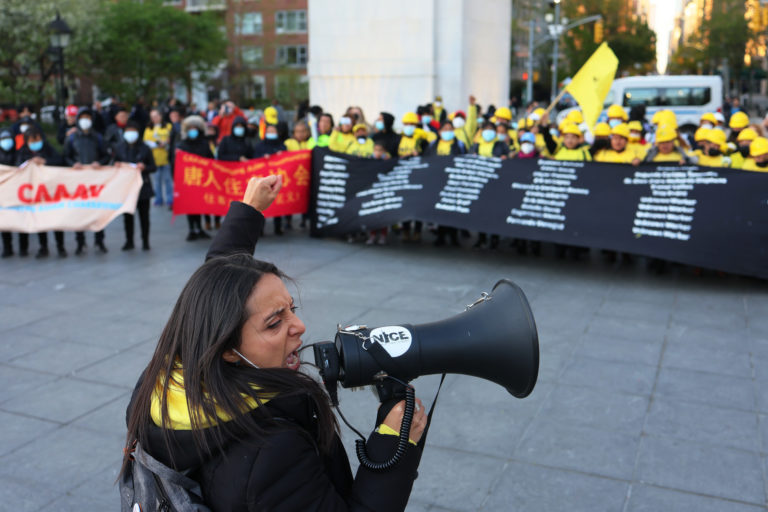Last week on the blog, we wrote about why the NLRB should withdraw the Hy-Brand decision (here and here)—in short, because a Board member who voted for the result, William Emanuel, should have recused himself (his former law firm represented one of the companies in the Browning-Ferris case). Hy-Brand overruled Browning-Ferris, thus reinstating a joint-employer standard under which it is more difficult to establish a joint-employer relationship. On Monday, the NLRB vacated Hy-Brand, following a determination by an internal ethics official that Emanuel’s participation was a conflict-of-interest, and that he should not have participated in the proceeding.
In an op-ed for the Atlantic, Derek Thompson argues that more immigration is the key to the economic growth President Trump seeks. The Trump administration’s latest budget projects 3% annual GDP growth through 2025. Thompson emphasizes that this level of GDP growth is “exquisitely rare” in developed countries (the average in the U.S. since the Great Recession has been 2%). More workers, according to Thompson, are the key to driving up productivity in an advanced economy. Because U.S. birthrates are in a “lull” (which Thompson recognizes might be consequent of things like gender equality), immigration is the remaining viable route to higher growth.
In the wake of the school shooting in Florida earlier this month, President Trump has advocated for arming teachers. What do teachers think of this? Some teachers’ associations and unions have since spoken out against the suggestion. The President of the National Education Association said that arming school staff was a proposition overwhelmingly rejected by parents and educators. The President of the American Federation of Teachers (AFT) said, “[t]eachers don’t want to be armed, we want to teach,” and questioned the practicality of a program that armed teachers.
Finally, the Supreme Court heard oral argument in Janus yesterday. The Washington Examiner, NPR, and SCOTUSblog, each covered the oral argument. Notably, Justice Gorsuch remained silent. As this coverage pointed out, because he is believed by many to be the determinative vote, oral argument provided little additional information about the likely outcome of the case.






Daily News & Commentary
Start your day with our roundup of the latest labor developments. See all
December 19
Labor law professors file an amici curiae and the NLRB regains quorum.
December 18
New Jersey adopts disparate impact rules; Teamsters oppose railroad merger; court pauses more shutdown layoffs.
December 17
The TSA suspends a labor union representing 47,000 officers for a second time; the Trump administration seeks to recruit over 1,000 artificial intelligence experts to the federal workforce; and the New York Times reports on the tumultuous changes that U.S. labor relations has seen over the past year.
December 16
Second Circuit affirms dismissal of former collegiate athletes’ antitrust suit; UPS will invest $120 million in truck-unloading robots; Sharon Block argues there are reasons for optimism about labor’s future.
December 15
Advocating a private right of action for the NLRA, 11th Circuit criticizes McDonnell Douglas, Congress considers amending WARN Act.
December 12
OH vetoes bill weakening child labor protections; UT repeals public-sector bargaining ban; SCOTUS takes up case on post-arbitration award jurisdiction